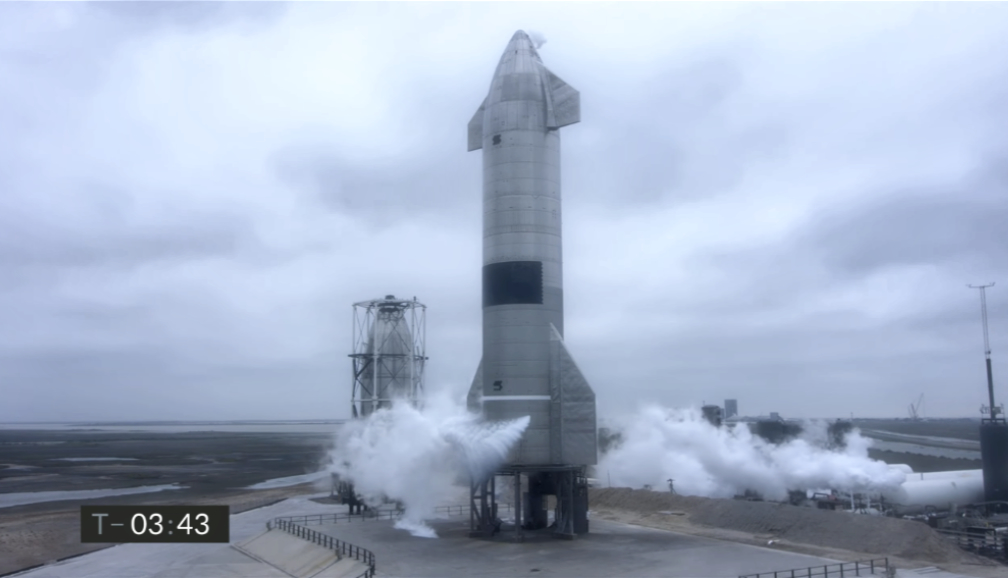
Human space flight possibilities to planets within our solar system — and beyond — have taken another major step forward, thanks to the dedication and hard work of the SpaceX Starship team, for on Wednesday, May 5, 2021, the SpaceX Starship — serial number 15 (SN15) — successfully completed SpaceX’s fifth high-altitude flight test of a Starship prototype from Starbase in Texas.
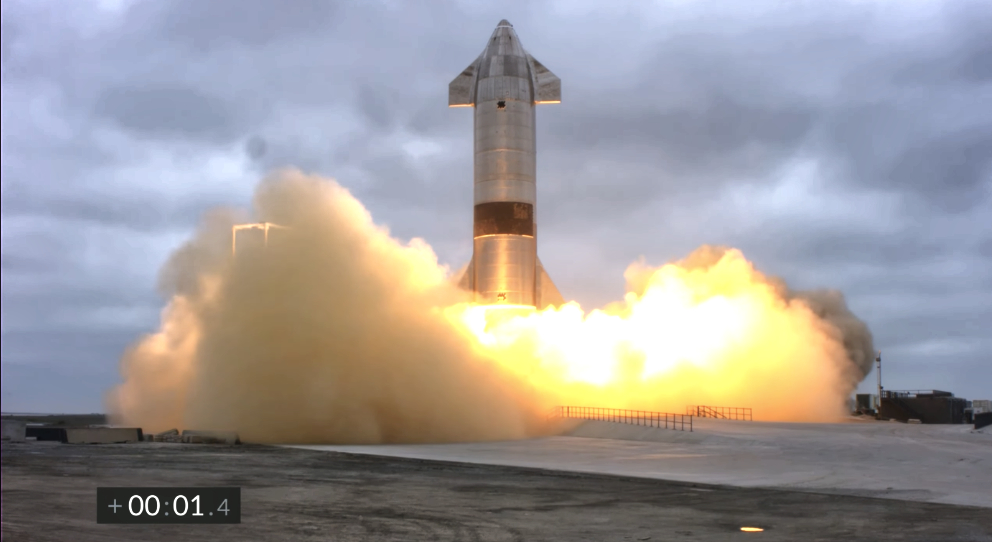
Similar to previous high-altitude flight tests of Starship, SN15 was powered through ascent by three Raptor engines, each shutting down in sequence prior to the vehicle reaching apogee – approximately 10 km in altitude.
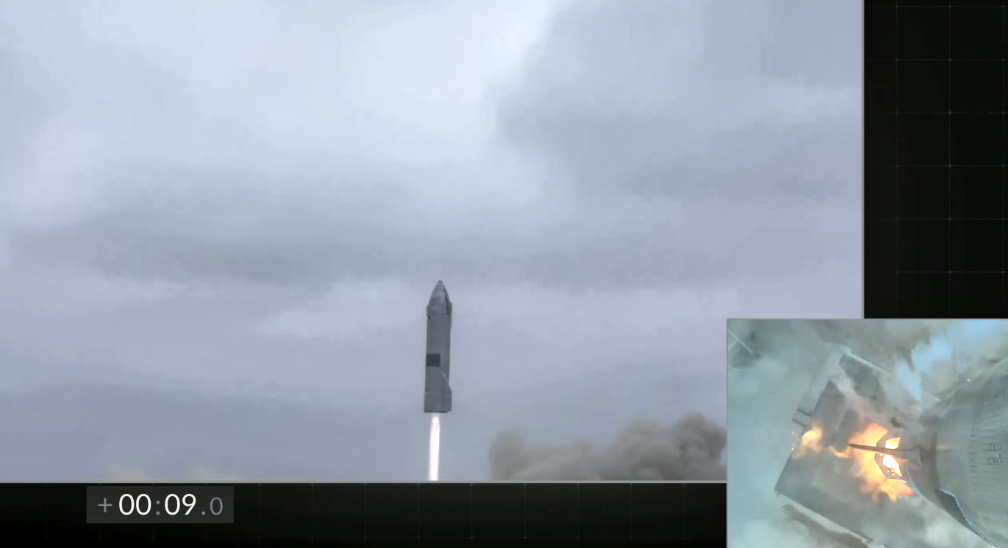
SN15 performed a propellant transition to the internal header tanks, which hold landing propellant, before reorienting itself for reentry and a controlled aerodynamic descent.
Another amazing event was the Starship prototype descending under active aerodynamic control that was accomplished by independent movement of two forward and two aft flaps on the vehicle. All four flaps were actuated by an onboard flight computer to control Starship’s attitude during flight and enabled precise landing at the intended location.
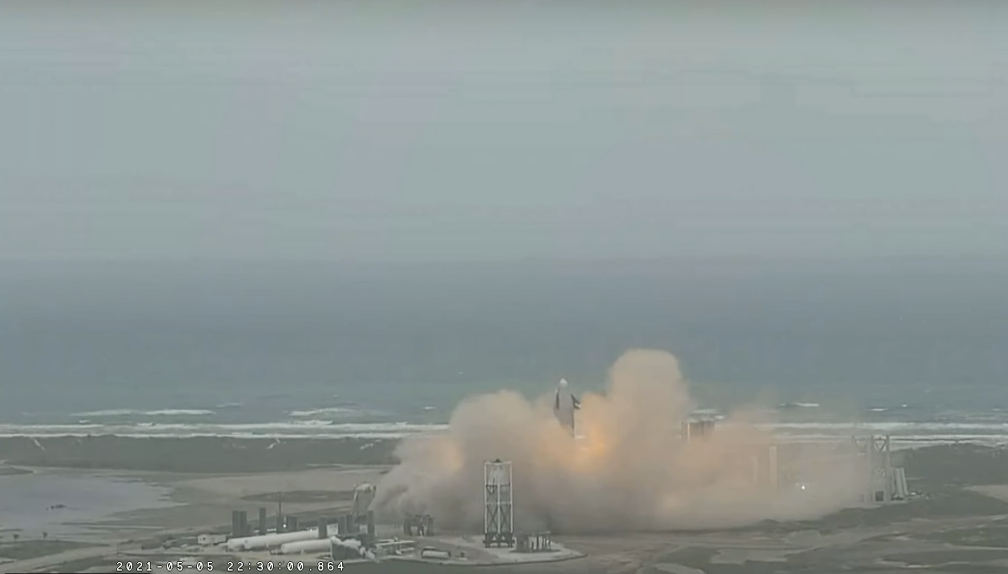
SN15’s Raptor engines reignited as the vehicle performed the landing flip maneuver immediately before touching down for a nominal landing on the pad. This was the first time the Starship accomplished the landing and is a most admirable event for SpaceX.
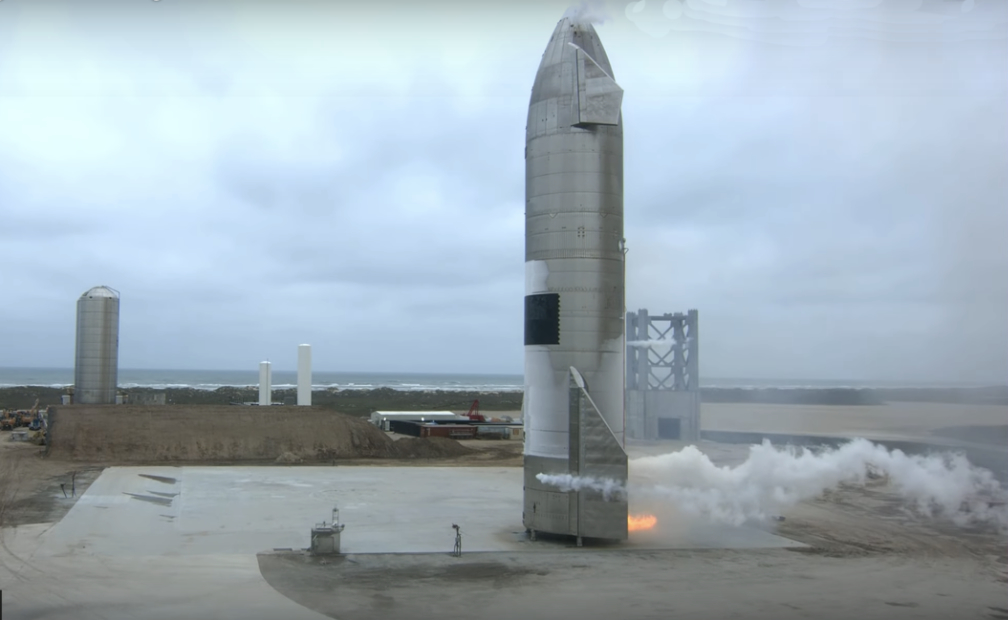
These test flights of Starship are all about improving the understanding and development of a fully reusable transportation system designed to carry crew and cargo on long-duration interplanetary flights, and help humanity return to the Moon, and travel to Mars and beyond.
Certainly the entire SpaceX team should be congratulated on SN15’s successful flight and landing.
